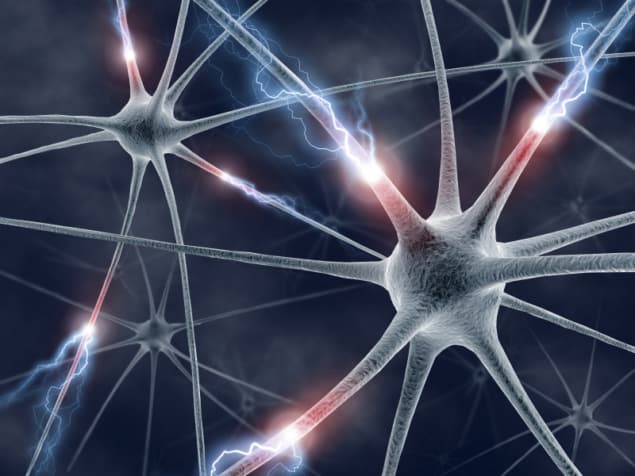We had
another fantastic conference, COFE 11, on August 9-10 in
Albuquerque New Mexico,
Our
roster of speakers were all amazing . All our talks were recorded
and you are able to order the DVDs now through our website: Buy 3
or more and get an automatic discount. The talks are:
1. Dr Brian Dailey "Biofield
Imaging"
2. Robert Gray PhD ""Making
Classical Electrodynamics Mathematically Consistent"
3. Paul LaViolette PhD: Secrets
of Antigravity Propulsion - book summary"
4. Jim Purvis
PhD "Capacitive-Discharge Electromagnetic Propulsion
System - patented Nov 2018"
5. Bill Alek: "Measuring
the Operating Efficiency of Complex (Free Energy / Over-Unity)
Transformers"
6. Judy Kosovich:"The Dark Side
of Solar Energy"
7. Mike Gamble: "Control Moment
Gyroscope Developments Part 3"
8. Bob
DeBiase: "Propellantless Propulsion Based Upon Casimir
Wedges"
9. Paul Murad "The
Morningstar Energy Box- Part Redux"
10. Suzanne Price: "Elements
of an Emerging Scientific Paradigm Shift"
11. Thorsten Ludwig:"Amazing
Astronomical Discoveries of Russian Scientist Kozyrev"
12. Bruce Cornet,
PhD "Unconventional Aircraft and Their Performances, as
Part of Disclosure of US Hardware Advancements"
13. David Rosignoli "Space
Drive Replication Experiments"
14. Tom Valone PhD ""Energy
Breakthroughs that Will Make a Difference"








